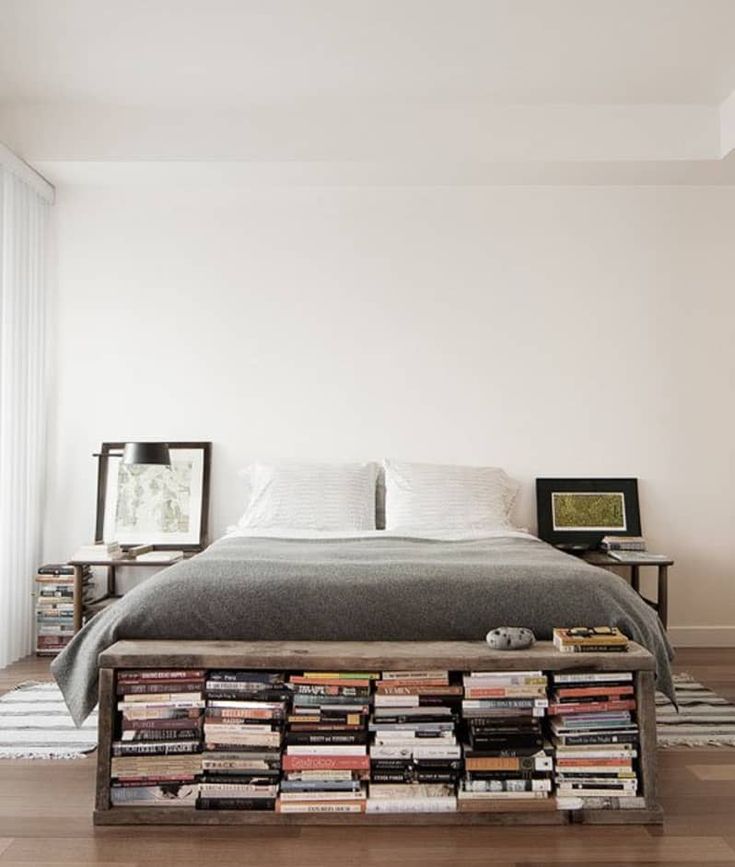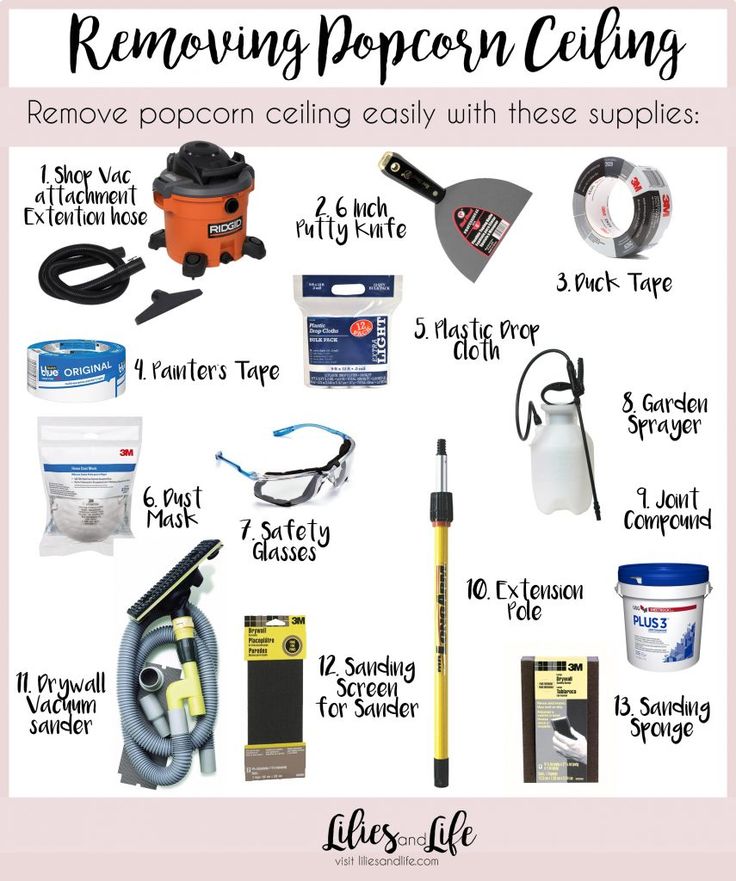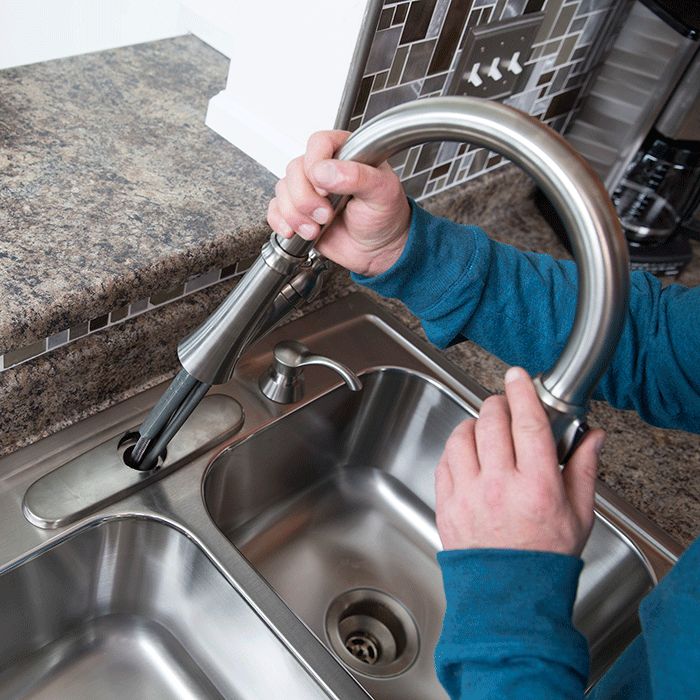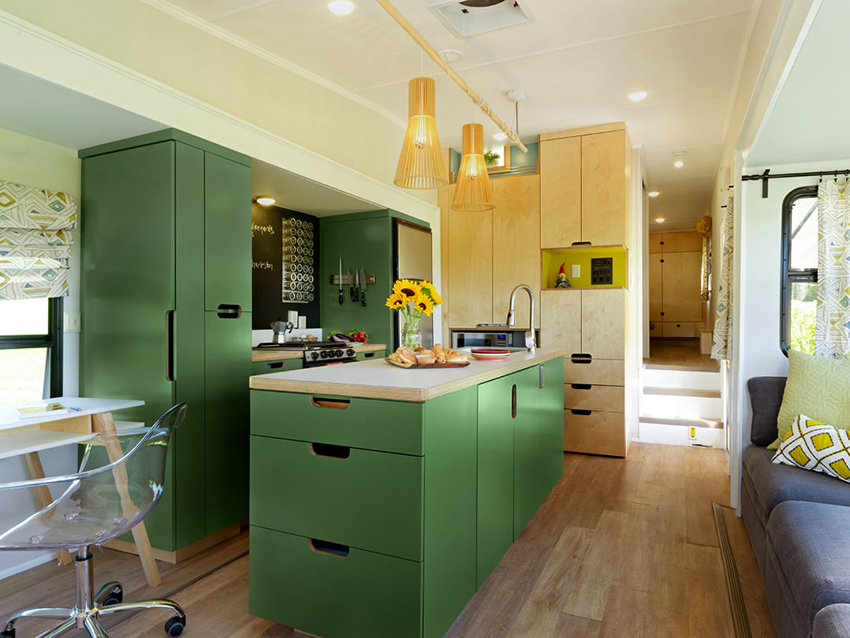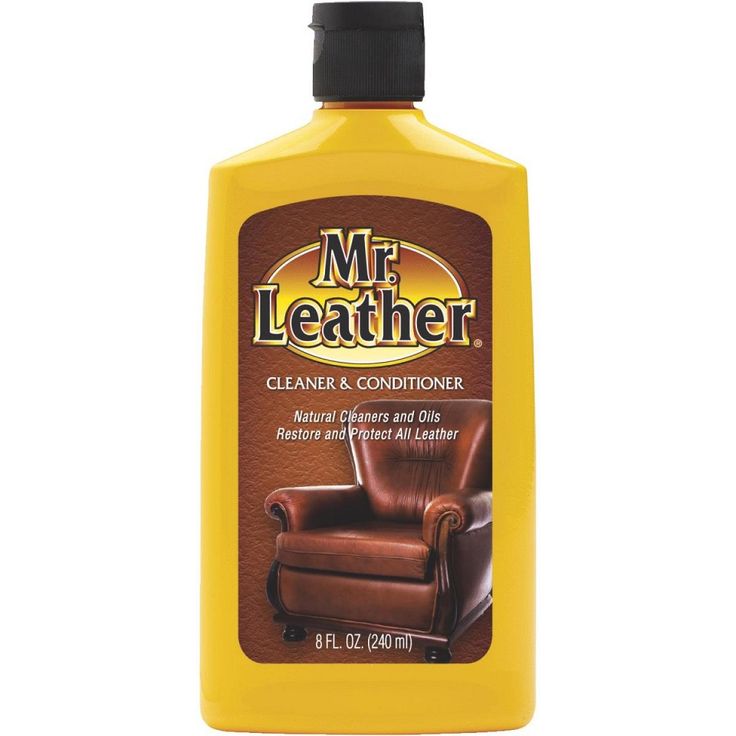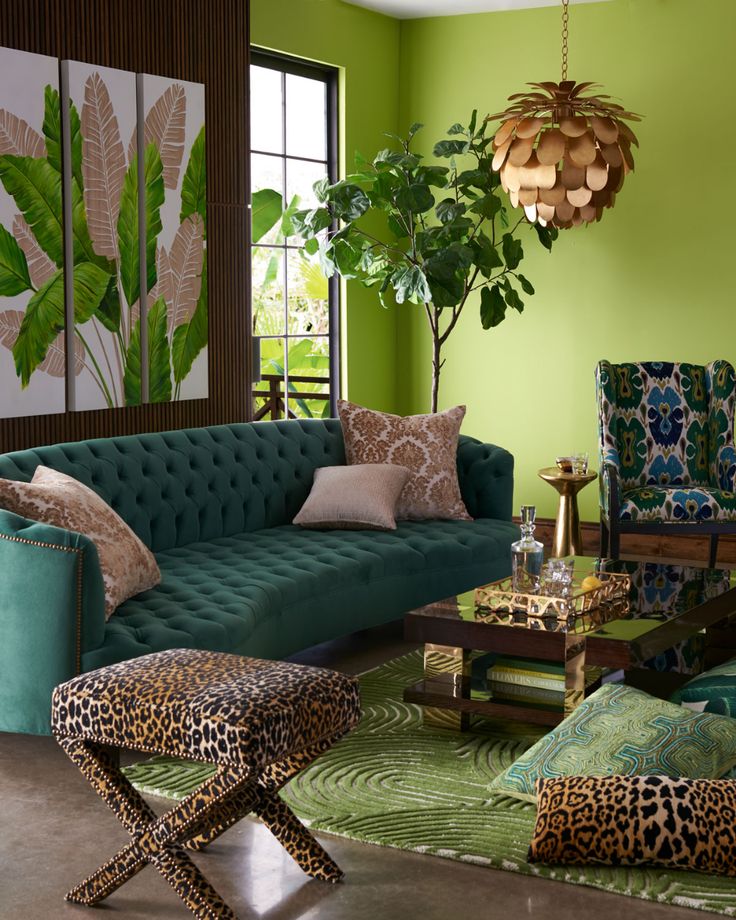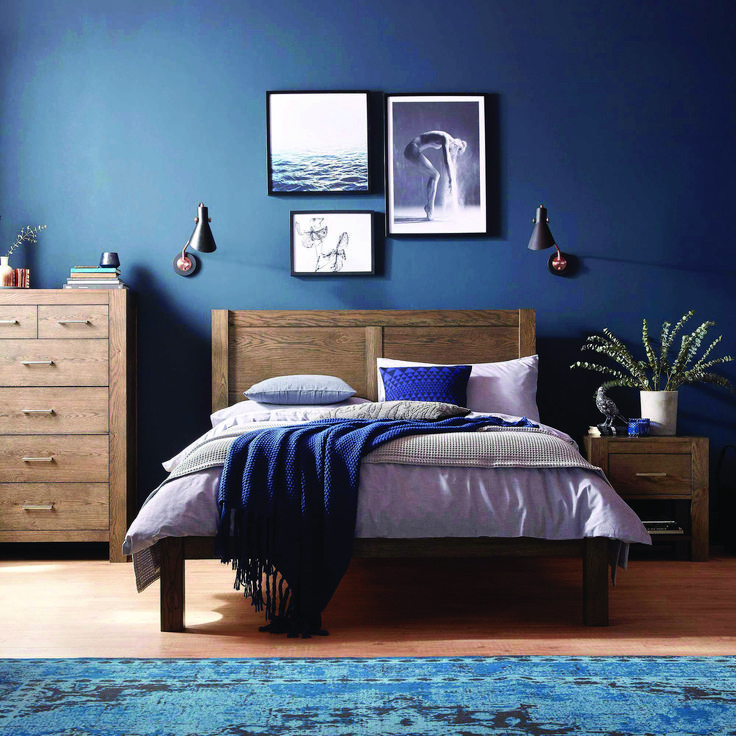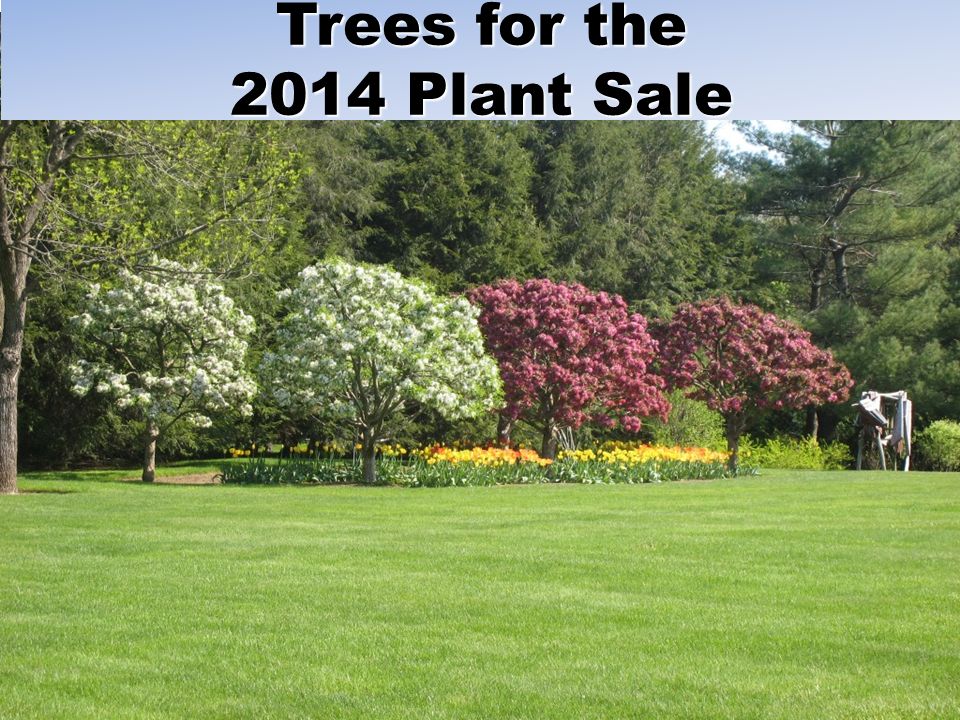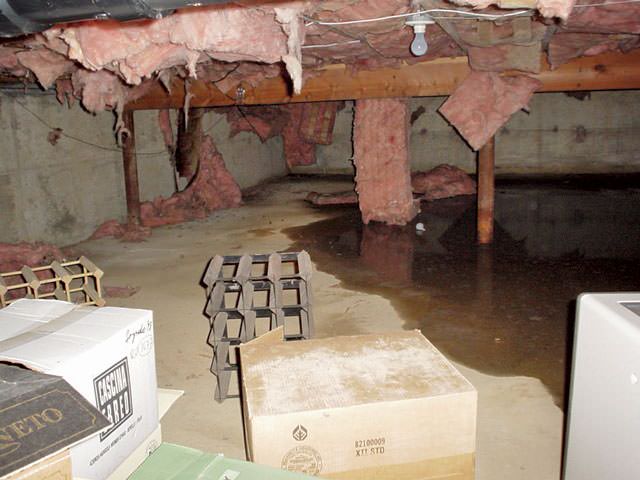Victorian garden walls
Victorian Walled Garden - Pictures of a Classic Walled Garden
Historic change provided the impetus: The simple kitchen garden evolved from the simple need people had to feed themselves. At one time virtually every cottage and country house in Britain contained a modest vegetable garden. In time, these gardens evolved in direct proportion to their owner’s personal wealth, for the more wealthy this extended to include feeding an extended household and to regularly entertaining house guests.
The period of greatest growth and change in gardening ran parallel with the growth of the British Empire which fuelled it, especially between 1800 and 1914. After 1914 there simply wasn’t the manpower or the economic resources and, in many places, even the desire to garden to quite the same extent as in the past.
Winsford Walled Garden is located in the beautiful North Devon countryside. Shown is the rear of the south-facing wall of the Victorian walled garden during clearance. Note the buttresses at regular 30ft intervals. [Photo courtesy of Winsford Walled Garden]
The growth of the Victorian walled garden coincided with a number of simultaneous social and economic developments after 1800. Following 1800 Britain experienced explosive economic growth and social change. This growth was fuelled by global exploration and the development of steam-driven commercial transport. No longer were the adventurous limited to the distance a horse could travel in one day, or the direction and speed of the prevailing oceanic winds. In short, the wealthy Victorian could personally finance men to gather any unusual and exotic plant they wished and they had the means to cultivate the plant upon its return despite the vagaries of the English weather.
[Photo courtesy of Winsford Walled Garden]
There were two types of Victorian walled garden, the most common was the walled vegetable garden; but the walled flower garden, such as the one at Winsford Walled Garden, was the second and the more unusual garden type.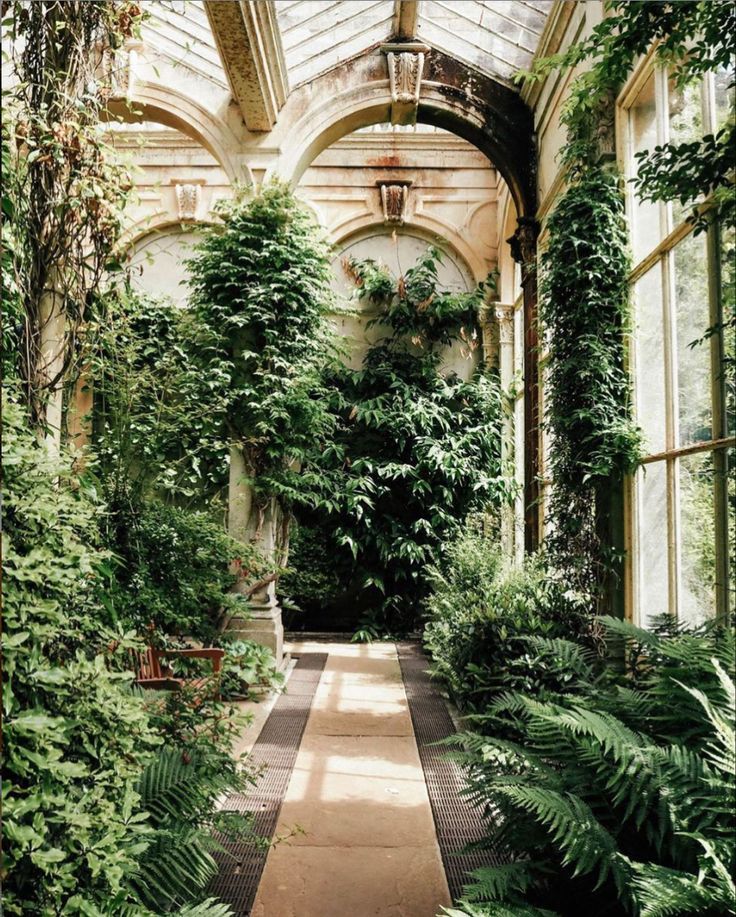
Why even have a walled garden?
There is a common misconception that Victorian walled gardens were originally built to protect the plants from the weather. I do not believe this was the case and I shall explain why. Any wall can only offer protection to a maximum distance equal to about 1.5 - 2x the height of the wall. So, even for a 4m high wall the protection afforded would be just 8m in to the garden. On this basis, Victorian walled gardens designed to protect the plants within from the weather should be about 16m across!
This was never the case. The reality was that the smallest walled garden extended to about 60m across and many were 200m or more across. Indeed in 1853, Queen Victoria ’s own walled garden at Windsor was 32 acres/8 hectares! Yet, the royal walled garden was enclosed by a wall of just 3m high. Obviously, wealthy Victorians went to the considerable expense of enclosing their gardens for another reason, and they did so to protect the valuable produce within the walls from theft. Remember, these extensive gardens were packed with expensively produced food and they were almost always located in the open countryside. The surrounding population was often poor and hungry, especially in winter, and without a wall, every estate garden was an open pantry.
Remember, these extensive gardens were packed with expensively produced food and they were almost always located in the open countryside. The surrounding population was often poor and hungry, especially in winter, and without a wall, every estate garden was an open pantry.
Image: Bootscrape at Winsford - this is at the entrance between the original vegetable garden and the summer flower Victorian walled garden. Specifically, it is located on the vegetable side so Victorian gardeners did not enter the lady's flower garden with mud-laden footwear from the vegetable area. [Photo courtesy of Winsford Walled Garden]
View of the south-facing (north) wall at Winsford immediately after clearing. Note the bramble roots awaiting removal at the base and vast numbers of original Victorian vine eyes which were once used for growing fresh peaches. [Photo courtesy of Winsford Walled Garden]
Furthermore, any walled enclosure is susceptible to swirling, tornado-like air currents within. This was our initial experience at Winsford and we found it highly damaging to those first plants we planted because, instead of simply passing through the garden, the wind would remain inside the walls doing its worst. A walled vegetable garden contains plants which are generally low in stature which tends to aid "the tornado effect within."
This was our initial experience at Winsford and we found it highly damaging to those first plants we planted because, instead of simply passing through the garden, the wind would remain inside the walls doing its worst. A walled vegetable garden contains plants which are generally low in stature which tends to aid "the tornado effect within."
This is where Winsford is very different today because our planting within the walls includes an extensive range of large hardy shrubs and small trees which not only provide internally screened zones but it also raises the overall height of the internal planting. This has the effect of encouraging the prevailing winds to "glance over" the top of the garden rather than drop down and swirl about inside it. Now lets return to the historical....
View of south-facing wall at Winsford during initial clearance with Aileen, (5ft 7") highlighting its tremendous height. Not a brick missing or damaged due, I suspect, to the integrity of the coping stones which measure 22 inches in length and are laid across the wall.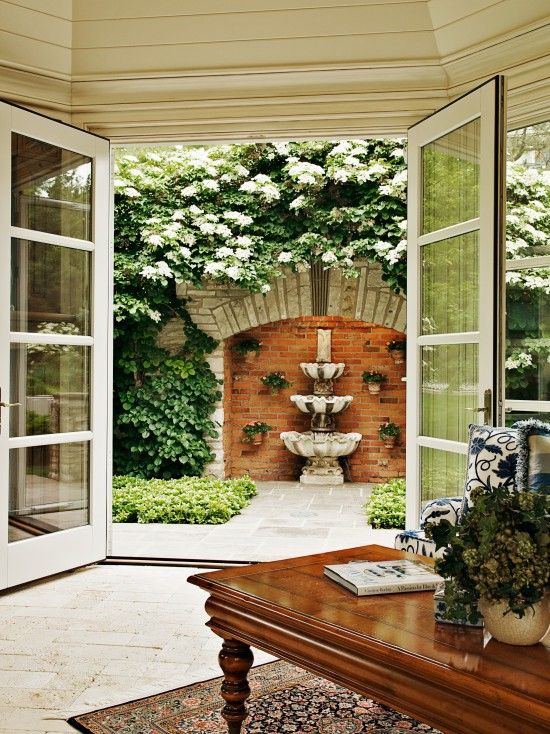 [Photo courtesy of Winsford Walled Garden]
[Photo courtesy of Winsford Walled Garden]
Having constructed the expensive walls, the pragmatic Victorian owner made full use of them. On walls facing towards the north it was quite common to grow espaliers of cool-loving plants such as blackberries, gooseberries, redcurrants, blackcurrants and cherries; while on east-facing walls apples, cherries and the hardier pear cultivars were often grown. Figs, plums and the warmer-loving pear and apple varieties could be happily grown upon the warmer west-facing wall. The hot south-facing wall was reserved for growing tomatoes, peaches, plums, apricots, nectarines and cherries.
Trees in the greenhouse at Winsford Walled Garden - shows the south-facing wall in the West Garden, note the classic example of the strongest brick bond - English Bond on the right. [Photo courtesy of Winsford Walled Garden]
The importance of the abolition of glass and window taxation:
In 1845 the glass tax was abolished, three years later plate glass was invented, and three years after that the window tax was also abolished.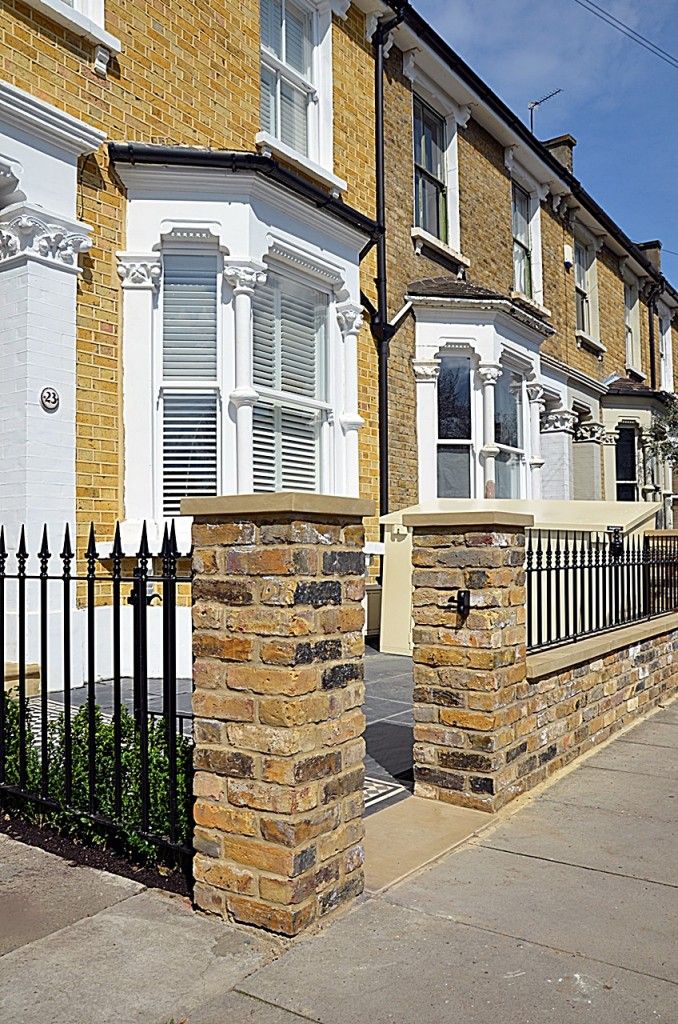 As a result of these three events the cost of glass plummeted. Even today, there is obvious evidence in older houses where windows had previously been bricked up to reduce the owner’s exposure to the glass and window taxes. Window tax was payable on all properties with six or more windows. It was no coincidence that London ’s enormous Crystal Palace, which Joseph Paxton designed for the Great Exhibition, was built just six years after the abolition of glass tax (in 1851). After 1845 the wealthy could afford to build large greenhouses against their south-facing garden walls.
As a result of these three events the cost of glass plummeted. Even today, there is obvious evidence in older houses where windows had previously been bricked up to reduce the owner’s exposure to the glass and window taxes. Window tax was payable on all properties with six or more windows. It was no coincidence that London ’s enormous Crystal Palace, which Joseph Paxton designed for the Great Exhibition, was built just six years after the abolition of glass tax (in 1851). After 1845 the wealthy could afford to build large greenhouses against their south-facing garden walls.
[Photo courtesy of Winsford Walled Garden]
Improvements in boiler design:
Northern England is built upon coal and this was the fuel of choice for every Victorian greenhouse. The later half of the nineteenth century also witnessed considerable boiler design improvements that lead to increased heating efficiency. A large, mid-nineteenth century boiler measuring 150x68x53cms cost £46 and was capable of heating 503m of 100mm diameter heating pipe. By comparison, a large, late-nineteenth century boiler could measure as much as 243x92x90cms, cost £95, yet was capable of heating 1540m of 100mm diameter heating pipe.
A large, mid-nineteenth century boiler measuring 150x68x53cms cost £46 and was capable of heating 503m of 100mm diameter heating pipe. By comparison, a large, late-nineteenth century boiler could measure as much as 243x92x90cms, cost £95, yet was capable of heating 1540m of 100mm diameter heating pipe.
Between the 1880’s and 1912 the English walled garden reached its peak. Not only did the great estates employ hundreds of gardeners and contain huge growing areas under glass, but it was not uncommon for people of comparatively modest means (retired army officers, medical professionals and the clergy) to employ half a dozen gardeners to cultivate fresh vegetables, fruit and cut flowers under glass. Quite often such people had traveled extensively, seen exotic plants in the course of their work and now had the time and the means to enjoy exotic plants in their retirement.
[Photo courtesy of Winsford Walled Garden]
Specialist Greenhouses:
Specially designed greenhouses were available for chrysanthemums, carnations, and orchids.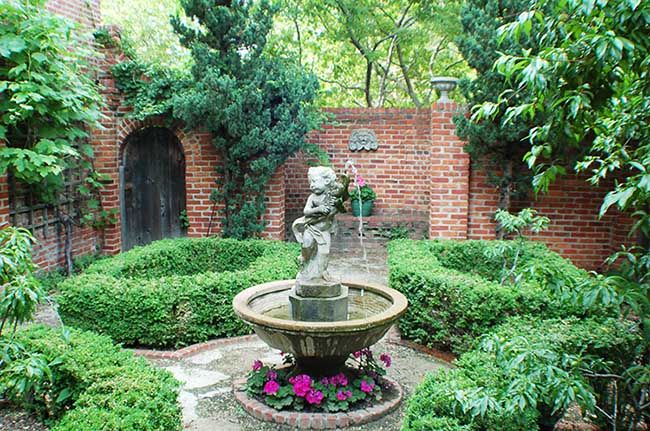 An orchid enthusiast would have at least two houses enabling the owner to cultivate both cool and hot house orchid varieties. Later, as the Victorians discovered the inherent beauty in the foliage of exotic plants from distant lands, they designed and built fabulous Foliage Houses. The Winter Garden was essentially a conservatory designed to provide a haven for evergreens and winter flowering plants.
An orchid enthusiast would have at least two houses enabling the owner to cultivate both cool and hot house orchid varieties. Later, as the Victorians discovered the inherent beauty in the foliage of exotic plants from distant lands, they designed and built fabulous Foliage Houses. The Winter Garden was essentially a conservatory designed to provide a haven for evergreens and winter flowering plants.
In the vegetable garden, the development of three-quarter span greenhouses enabled wealthy owners to cultivate early, mid and late season grapes of various kinds, both for the bottle and as fresh bunches to eat and to impress their peers at the dinner table. Today, we are so used to global transportation stocking our supermarkets, it is difficult for us to even imagine the effect on wealthy Victorians when they saw bunches of fresh fruit on the dining table in the middle of winter.
Conifer bed at Winsford Walled Garden. [Photo courtesy of Winsford Walled Garden]
The Head Gardener was king:
Just as a modern restaurant is judged by its Head Chef, so the Victorian walled garden was judged by its Head Gardener.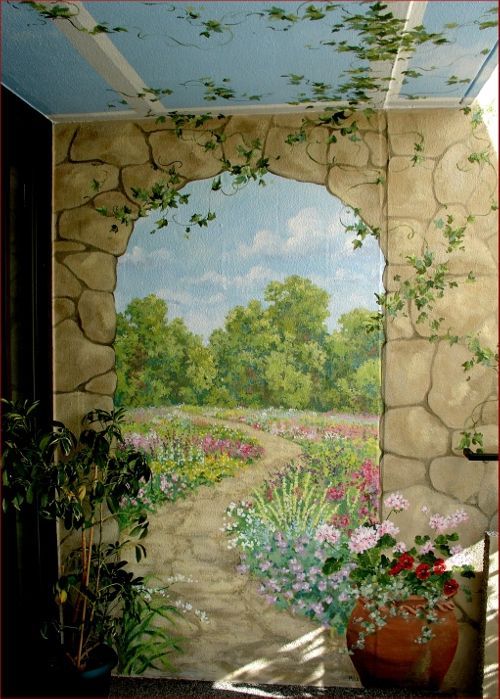 As gardens evolved during the nineteenth century so did the knowledge and skills of the Head Gardener. His first task was to provide the kitchen with fresh fruit and vegetables throughout the year. The Head Gardener who could not only grow the ordinary with the exotic, but who could successfully store the garden’s produce so that the owner and his guests might enjoy out-of-season fruit and vegetables just as they might be enjoyed in the summer, was highly valued. Head hunting is not a modern corporate phenomenon, wealthy Victorians were certainly not averse to tempting a valued Head Gardener away from one estate to their own.
As gardens evolved during the nineteenth century so did the knowledge and skills of the Head Gardener. His first task was to provide the kitchen with fresh fruit and vegetables throughout the year. The Head Gardener who could not only grow the ordinary with the exotic, but who could successfully store the garden’s produce so that the owner and his guests might enjoy out-of-season fruit and vegetables just as they might be enjoyed in the summer, was highly valued. Head hunting is not a modern corporate phenomenon, wealthy Victorians were certainly not averse to tempting a valued Head Gardener away from one estate to their own.
Looking towards the north-east corner of the Victorian walled garden at Winsford during the final stages of clearance. [Photo courtesy of Winsford Walled Garden]
Tools for the job:
Throughout the nineteenth century the fledgling horticultural industry developed at a tremendous rate to keep up with the England's interest in gardening.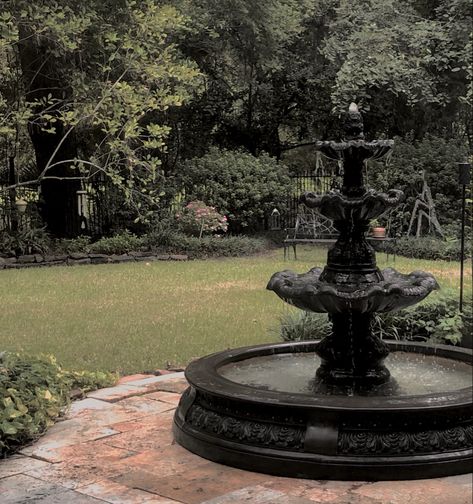 Garden magazines, plant nurseries and tool manufacturers all provided for the insatiable appetite of the gardening public just as it does today.
Garden magazines, plant nurseries and tool manufacturers all provided for the insatiable appetite of the gardening public just as it does today.
Garden tools were developed to make gardening easier. Some garden tools, such as spades, forks, wheelbarrows and secateurs have barely changed in a 100 years; while others such as the lawnmower have developed a great deal. The original lawnmower looked as though it could lay a tarmac road when compared to the sleek, compact modern machines of today.
The same view of the north-east corner of the gardens just weeks later during August 1999. [Photo courtesy of Winsford Walled Garden]
Many Victorian garden tool designs did prove totally unwieldy and impractical and were thus condemned to bygone dustbins. What examples do remain in museums today, provide a curious and often humorous insight to a previous age.
[Photo courtesy of Winsford Walled Garden]
Gardening could kill:
Visitors to Winsford's greenhouses often remark how wonderful it would have been to work in the fabulous greenhouses during Victorian times.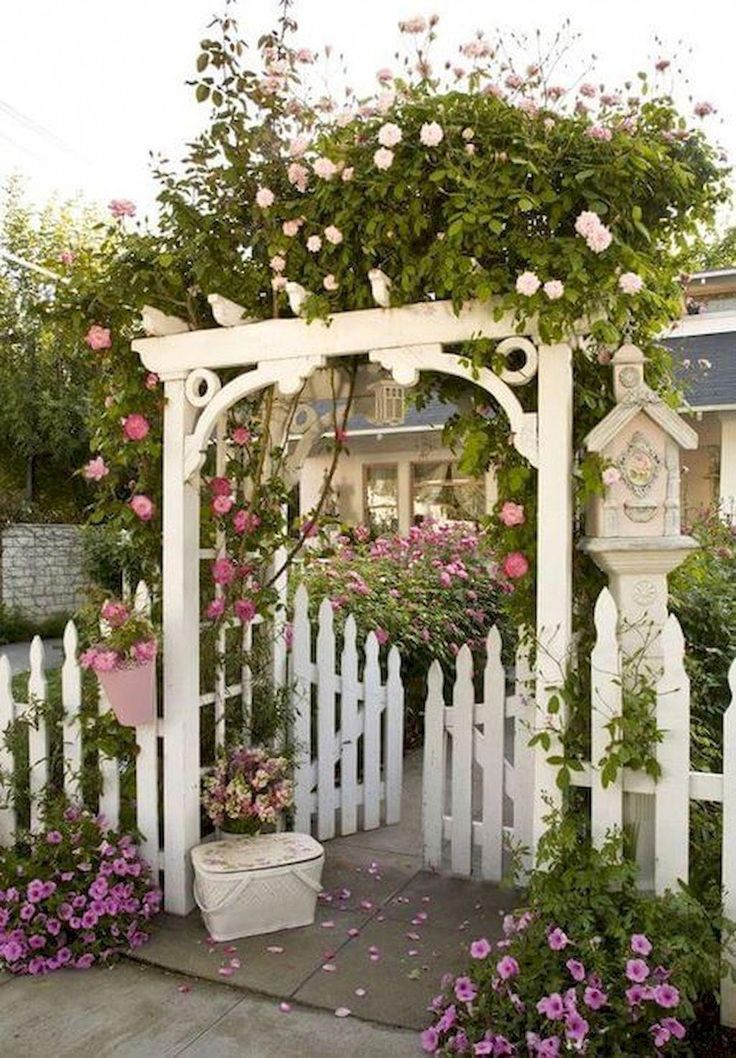 This somewhat romantic illusion of our contemporary garden visitors to Winsford Walled Garden is based largely upon their idea of working in a heated greenhouse through the cold English winter. But in the Victorian era there was no such thing as "Health & Safety at Work" as there is today. There was little, if indeed any, research into the dangers of using lead paint, working with lead-lined tools and the use of the common pesticides and insecticides of the period. Just imagine regularly spraying your greenhouse plants with arsenic, without even a protective face mask. No wonder the greenhouse staff of the Victorian era rarely reached thirty-five years of age.
This somewhat romantic illusion of our contemporary garden visitors to Winsford Walled Garden is based largely upon their idea of working in a heated greenhouse through the cold English winter. But in the Victorian era there was no such thing as "Health & Safety at Work" as there is today. There was little, if indeed any, research into the dangers of using lead paint, working with lead-lined tools and the use of the common pesticides and insecticides of the period. Just imagine regularly spraying your greenhouse plants with arsenic, without even a protective face mask. No wonder the greenhouse staff of the Victorian era rarely reached thirty-five years of age.
| Cottage Garden | English Landscape Gardens |
| Window Box Ideas | Victorian Garden |
About the Author:
Michael Gilmore is the proud owner and designer of the renowned Winsford Walled Garden, a restored Victorian walled garden in North Devon, UK.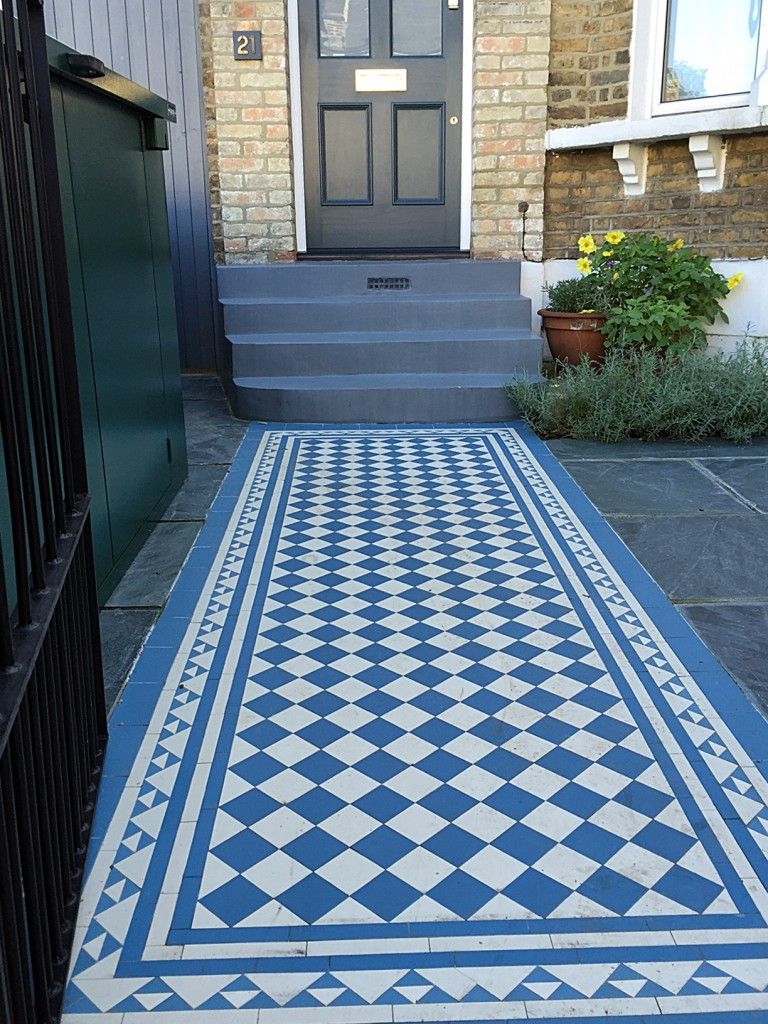 Full details on the history, restoration, design and plantings of this amazing North Devon garden are available on the Winsford Walled Garden web site. In addition, there are practical gardening advice pages to help take the mystery out of gardening, plus gardening forums to provide more personal help and advice to your individual needs. [winsfordwalledgarden.com]
Full details on the history, restoration, design and plantings of this amazing North Devon garden are available on the Winsford Walled Garden web site. In addition, there are practical gardening advice pages to help take the mystery out of gardening, plus gardening forums to provide more personal help and advice to your individual needs. [winsfordwalledgarden.com]
Victorian garden design: 5 key elements for your backyard
The key elements of Victorian garden design can be incorporated into any modern garden. You can make them your own – whether you live in the country or city, or have a backyard large or small.
Take inspiration from Victorian gardeners and incorporate some of their garden features into your garden ideas for your modern backyard.
Here National Trust gardeners advise on some of the key elements to include if you are planning a garden with a traditional appeal.
'Victorian garden design reflects the Victorians' love of plants, travel and innovation.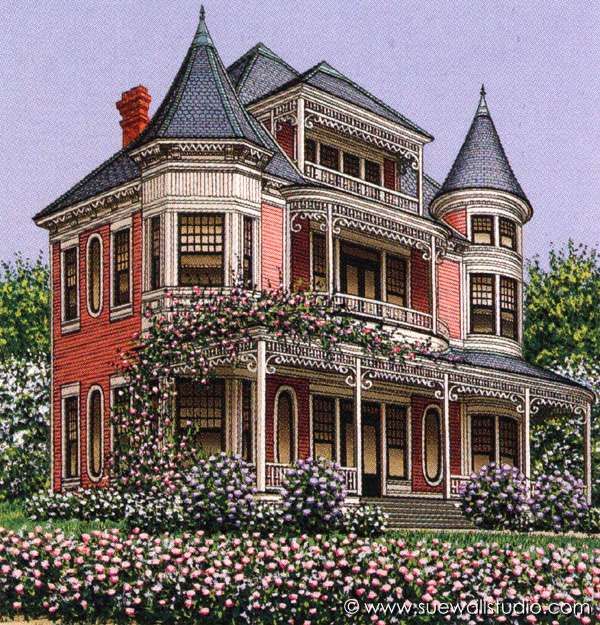 These three enthusiasms combined to transform gardens in this period into spaces that celebrated 'new' plants from all over the world – in technicolor,' explains Rosie Fyles, head gardener at the National Trust .
These three enthusiasms combined to transform gardens in this period into spaces that celebrated 'new' plants from all over the world – in technicolor,' explains Rosie Fyles, head gardener at the National Trust .
'Indoor areas were transformed, too, as growing under glass became both more fashionable and more possible, thanks to the availability of cheaper glass,' she adds.
The end of the 19th century saw the rise in popularity of cottage gardens ideas, with their abundant flowering borders filled with wild self-seeders.
1. Include shaped beds full of colorful bedding plants
(Image credit: National Trust Images/ Mike Selby)
'Fuelled by exploration and plant breeding, and an increasing ability to source plants from retailers, the Victorian gardener had access to an ever-swelling array of "new" plants,' explains Rosie Fyles.
With improved and greater access to specialist bedding plant seeds, the ‘bedding plant boom’ reached even small suburban gardens – and characterizes English gardens today.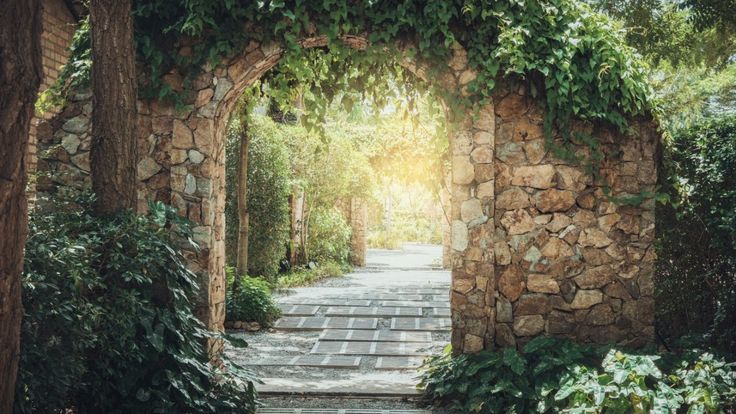
Victorian garden design reflected ways to display and showcase these plant finds.
The fashion was for vibrant bedding plant displays in island beds centrally placed in lawns. This can be done on a small scale and you can have fun with the bed shapes as part of your flower bed ideas.
'These beds came in a variety of forms, most commonly a circle but also stars, crescents, hearts, butterflies and even tadpoles. Plants used included calceolarias – or pocketbook plants – lobelias, pelargoniums, petunias, verbenas and violas,' explains Rosie Fyles.
2. Build a Victorian style rockery
(Image credit: National Trust Images)
As the variety of plants brought back from expeditions to mountainous regions increased, Victorian garden design incorporated rock garden ideas.
'Victorian gardeners created a wide range of artificial landscapes, including rockeries that were designed to be naturalistic and were created for newly discovered ferns, alpine and rock plants that would not do as well elsewhere in the garden,' explains Rosie.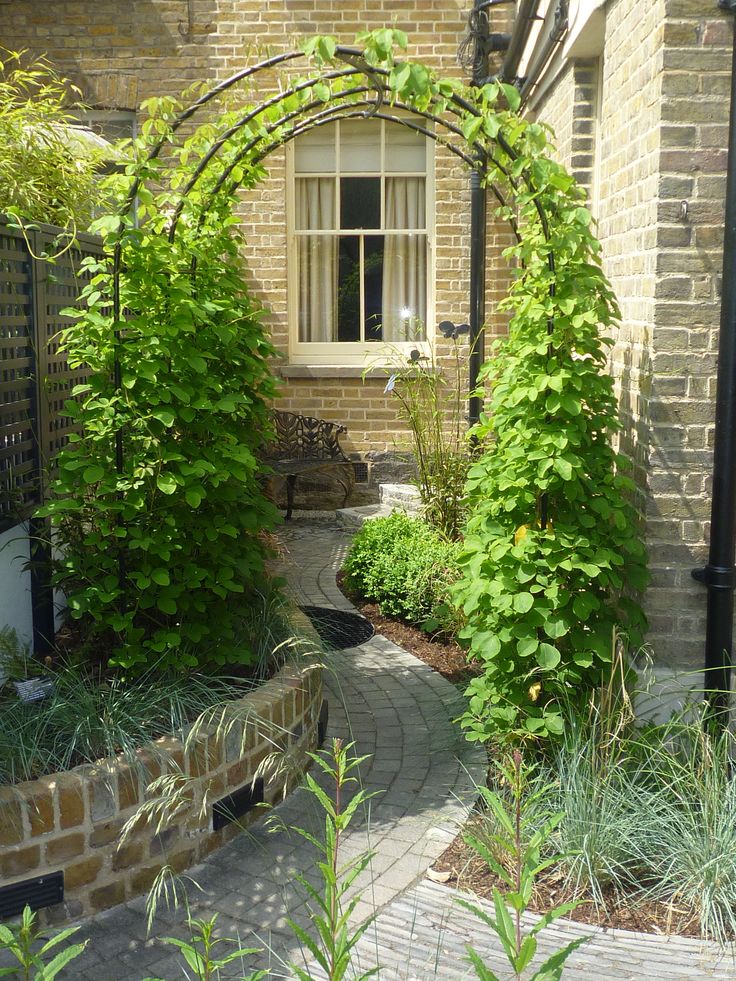
There are two rockeries at Peckover House & Gardens that would provide inspiration for a home garden rockery.
'We used any stonework that we could find, aiming to re-use and recycle. Stone and brick that tones in with the property works brilliantly. It doesn’t need to be large, but it does need to remind you of the shape and irregularity of a stony area you might find on a mountain or a seaside cliff,’ explains senior gardener Jenny Windsor.
When choosing plants for a rockery consider:
- The aspect – will they be growing in sun or shade?
- Make sure the plants for the rockery will tolerate winter conditions.
- 'Think about low growing plants and a mixture of compact types and those that spread,' advises Jenny.
Creating a rockery in one area of the garden will add a different character to your outdoor space.
3. Grow exotic plants under glass
(Image credit: National Trust Images/ Carole Drake)
'The Victorians popularised the fashion for cultivating under glass exotic plants brought back by explorers and plant hunters,' explains Rosie Fyles.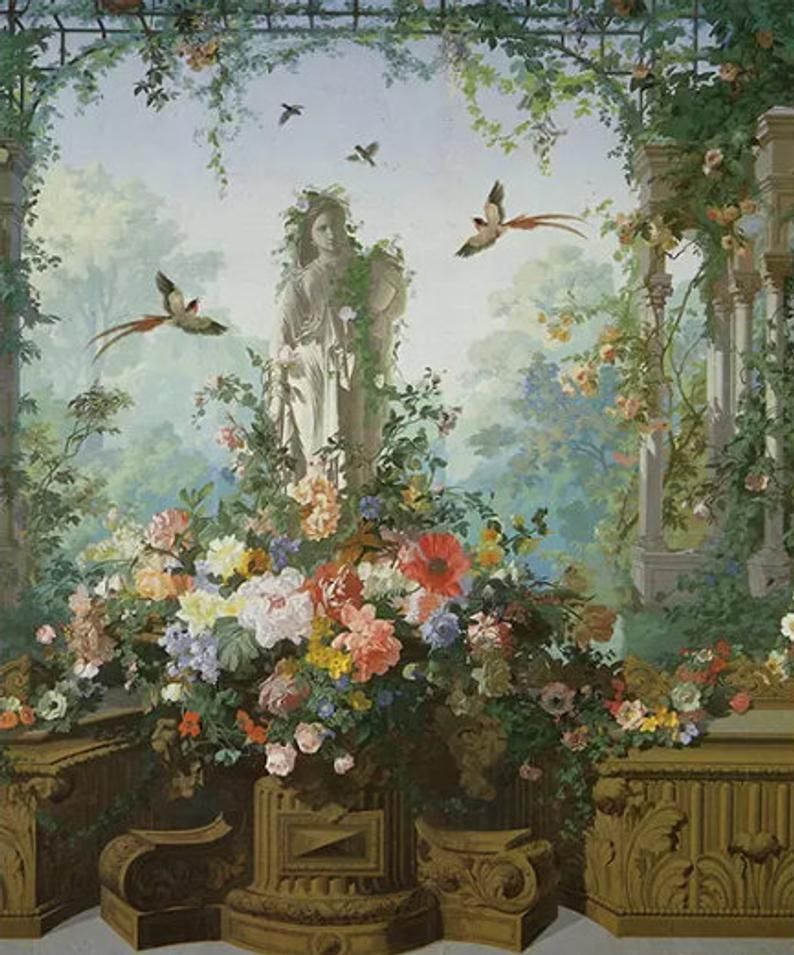
While gardeners living in USDA hardiness zones 9 to 11 may be able to grow these exotics successfully in their gardens, If you live in a colder hardiness zone, you can still enjoy these warmth-loving plants, as the Victorians did, by growing them as part of your greenhouse ideas, in summerhouses or conservatories.
The conservatory at Wallington Garden in Northumberland is known for its fabulous, striking flower displays.
Beth Orton, who looks after the conservatory, advises to do what the Victorians would have done and, ‘stuff your space and pack it full of colorful, vibrant plants.'
(Image credit: National Trust Images/ James Dobson)
To mimic the Victorians, include lots of rich, dark colours: burgundies, blues, yellows, shades of green, but no pinks or pastels.
‘We think about how to enjoy the glasshouse during the different seasons, and create impact where it can be seen,' Beth adds.
Beth advises to take advantage of what can be grown from seed, and include some of the following exotics:
- Heliotropes.
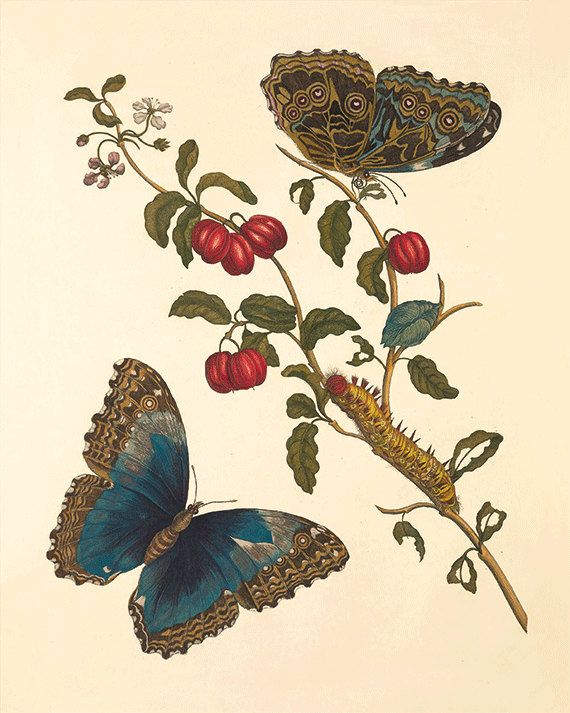
- Coleus – which was introduced to the US in the second half of the 19th century.
- Salpiglossis – also known as painted tongue.
- Cleome, or spider flower.
- 'Include really large growing plants, too – our senna with its gold flowers covers half of the wall,' Beth explains.
- Lemon verbena.
- Burgundy abutilon.
- Fuchsias.
4. Plant in a cottage garden style
(Image credit: National Trust Images/ Andrew Butler)
Victorians romanticized rural life and created cottage gardens full of abundant planting and a mass of colorful flowers
One of the key elements of a Victorian cottage garden is 'an abundance of cottage garden plants joyfully crammed together with the emphasis on flowers rather than foliage,' says Rosie Fyles.
Hardy’s Cottage , the evocative Dorset birthplace of author Thomas Hardy, is a prime example of a stereotypical cottage garden.
(Image credit: National Trust Images/ Chris Lacey)
Caps Browning Smith looks after the garden at Hardy’s Cottage.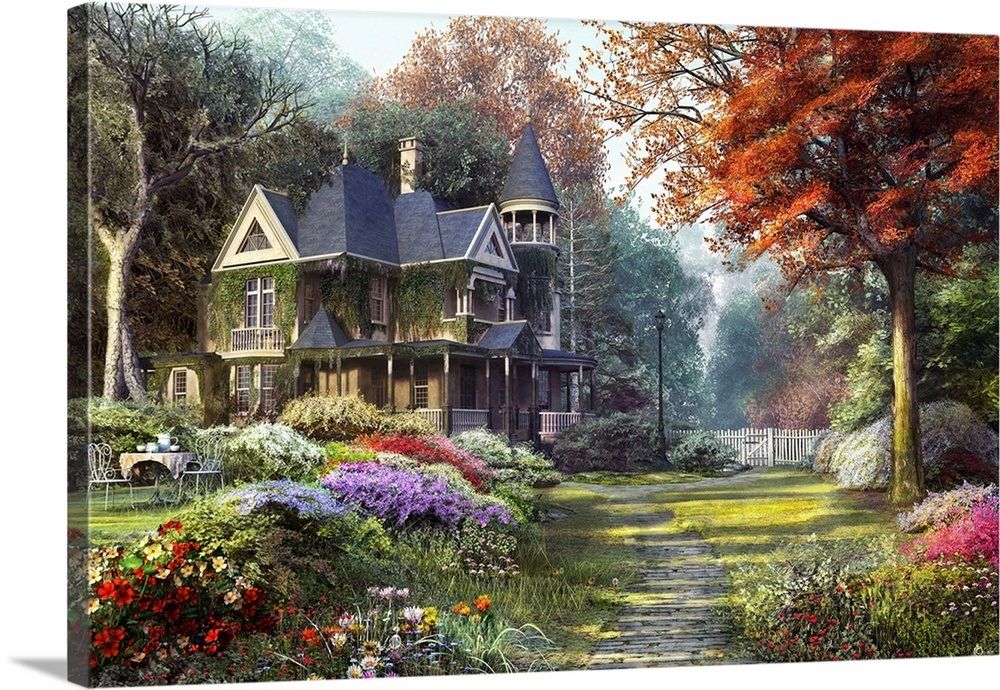 ‘Informal and dense planting is the key characteristic of a cottage garden. Plants jammed in together, jostling for light and spilling over the paths. Plants that have arrived as cuttings from neighbors and gifts from other gardens. There is no soil to be seen,’ she explains.
‘Informal and dense planting is the key characteristic of a cottage garden. Plants jammed in together, jostling for light and spilling over the paths. Plants that have arrived as cuttings from neighbors and gifts from other gardens. There is no soil to be seen,’ she explains.
Allow plants to self-seed by 'happy accident' and self-colonize. 'Key plants for a cottage garden include foxgloves, fruit trees, hollyhocks, phlox, sedums, roses and Welsh poppies,' says Rosie Fyles. 'Choose those that are hardy, single-flowered, sweet scented and romantic,' she adds.
5. Include different types of pelargoniums – or tender geraniums
(Image credit: Hervé Lenain / Alamy Stock Photo )
'Victorians championed pelargoniums for their reliability and flower power, developing new cultivars and new ways of using them. Pelargonium-rich displays became essentials of Victorian life,' explains Rosie Fyles
'Try scented pelargoniums if you have some over-wintering space indoors.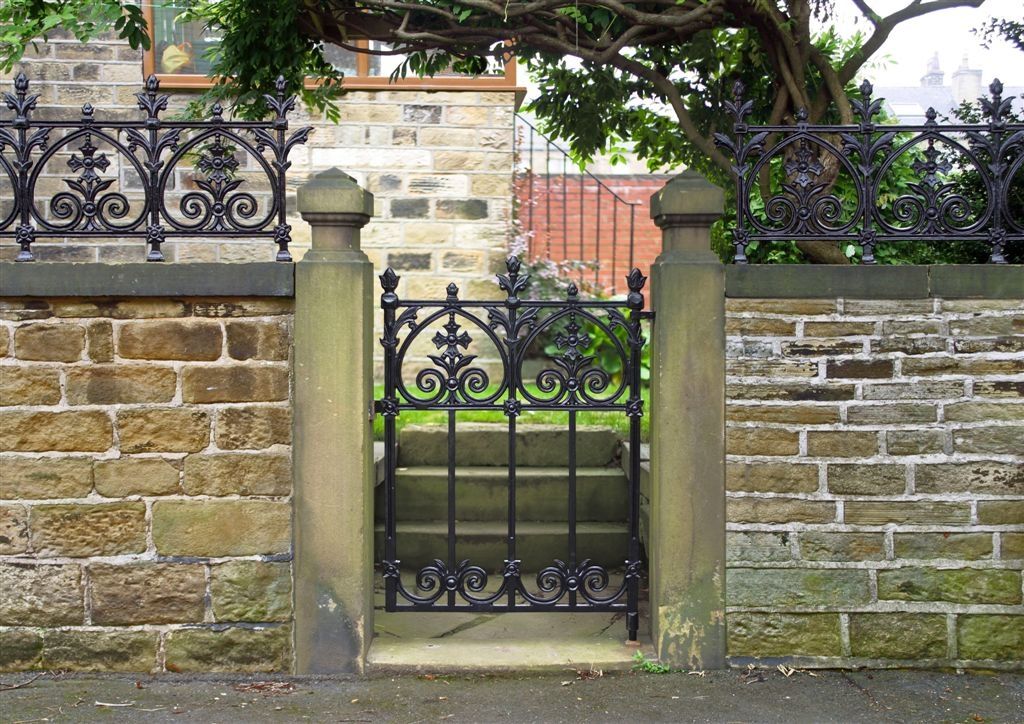 They work well outside through mid-spring to early fall,' she adds.
They work well outside through mid-spring to early fall,' she adds.
If you learn how to to overwinter geraniums it can also save you money and prolong the life of this favored flower of the Victorians.
At Peckover House & Gardens they propagate their collection of geraniums with cuttings and use them as foliage and flower-rich bedding.
'Try including different types of pelargoniums in your garden, which you can propagate from each year. Use them in pots along a garden wall, or as a garden table centrepiece, for instance,' recommends Rosie.
Her recommended pelargonium varieties to try include:
- Pelargonium sidoides, or African geranium, a species type with delicate crimson flowers and a silver leaf.
- P. ‘Ashby’, which has bright pink flowers with a crimson heart at the center of each.
- P. ‘Prince of Orange’, which superbly scented leaves and light pink flowers.
- P. ‘Attar of Roses’, with clustered pink flowers, rose-scented and good as a cut flower.
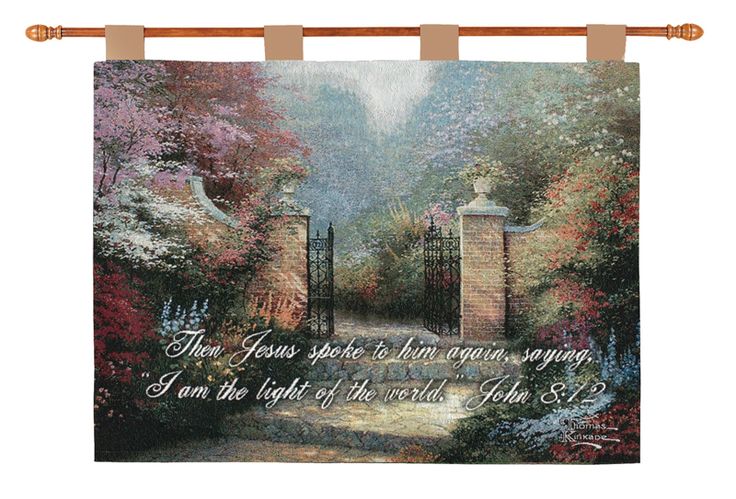
(Image credit: National Trust Images/ Clive Nichols)
What flowers were in Victorian gardens?
Favorite flowers that were used in Victorian gardens, advises Rosie Fyles, included:
- Dahlias – the Victorians bred thousands of cultivars, so it's worth learning how to grow dahlias.
- Chrysanthemums – the enthusiasm started around 1800 and quickly became a craze.
- Highly colored rhododendrons captured the Victorian imagination, particularly those from the Far East. Fine examples can be seen at Killerton .
- Petunias, particularly in white and purple, were widely used in suburban gardens and if you know how to deadhead petunias you can prolong the blooms.
- Roses could be described as ‘the queen of the garden’ – 'by the 1840s breeding was at full pace and roses were grown by every type of gardener and in most gardens, often used in borders and as vertical focal points in the centre of parterres or bedding,' Rosie explains.
- Ferns were a vogue plant in the later Victorian period, especially from 1840 to 1860 – enjoy the ferns on display at Peckover.
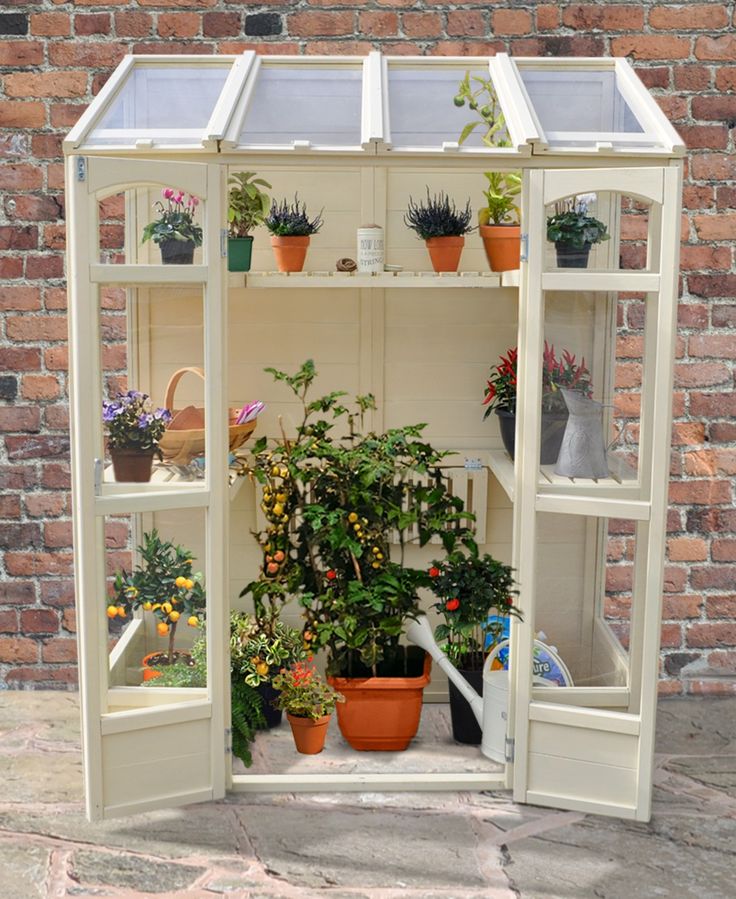
- Hardy perennials like aquilegia, cardiocrinum, Alchemilla mollis and thalictrum were streaming onto the market.
- Camellias were prized, especially those spotted and striped in pink, and are among the best winter plants for pots and borders.
- Tender plants like African violets and poinsettia were used indoors.
- Orchids were quintessentially Victorian and commonly used to decorate drawing rooms.
- Azaleas, especially fragrant Ghent azaleas, were ubiquitous in greenhouses and conservatories.
- Lobelias were first used as greenhouse and conservatory plants and later loved in urns, as border edging, and as a key plant in ribbon beds.
(Image credit: National Trust Images/ James Dobson)
What does a victorian garden look like?
A Victorian garden looks like a space that showcases 'new' plants introduced in the Victorian era, explains Rosie Fyles. There was a return to a more formal garden style with garden beds and parterres filled with colorful and exotic species of plants.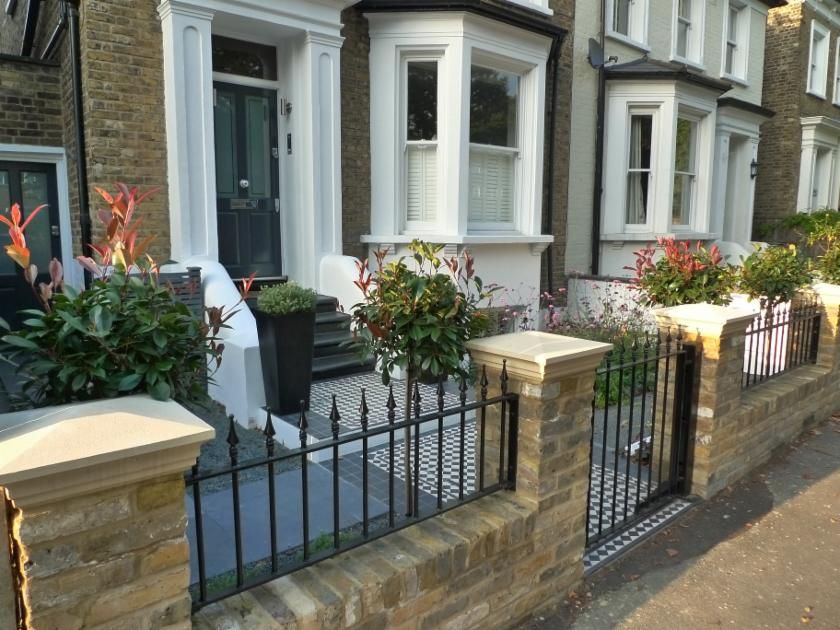
Victorian gardens included:
- Plants gathered by collectors from all over the world.
- Beds and borders full of flower color, becoming brighter and brighter – any unusual colors of flower or foliage were popular.
- ‘Exotic’ plants featuring in changing planting displays.
- Expanding walled kitchen garden ideas – extended use of growing under glass.
- Rockeries of ‘alpine planting’ to emulate mountainous regions.
Wilder and more natural gardens increased in popularity towards the end of the 1800s in a reaction against industrialization.
There are many National Trust gardens you can visit – in person or enjoy the galleries online – for inspiration of including Victorian garden design ideas in your own backyard.
Victorian interior design: beauty and history
Victorian style in the interior of the living room
Victorian style in the interior is first of all a luxury. It includes different styles, from Gothic to the Tudor and Elizabethan eras. Regardless of the styles prevailing in it, the uniqueness of this method remains unsurpassed. Today's designers have introduced new elements that transform this style in a modern way.
Regardless of the styles prevailing in it, the uniqueness of this method remains unsurpassed. Today's designers have introduced new elements that transform this style in a modern way.
Rich and deep dark shade
The Victorian style in the interior of the living room is not just a show of luxury. This style can be practical and multifunctional. The 25 projects presented in the article will take you back to the past without losing their modernity.
Rich dark colors
Victorian style always wins in visual qualities. The absence of boring tones, the presence of rich and deep colors is a special feature of this style. In the Victorian style, purples, navy blues, and lively yellows can be seen.
Dark purple dominates here
Elegant carpet and expensive furniture in the living room by White Pebble Interiors
Lively yellow color in the walls of the living room
Carved wood above the fireplace
Intense blue wallpaper
9002 Striking walls of their modern counterparts, Victorian living rooms often seem incredibly cluttered.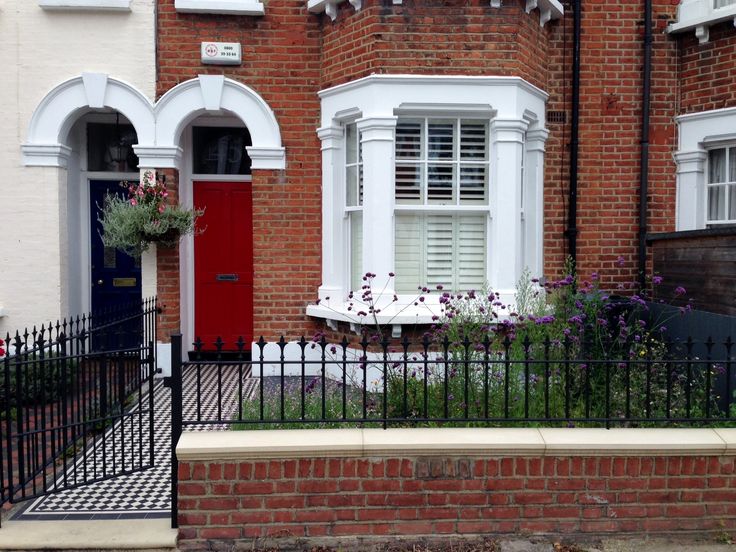 The walls in the rooms are decorated with old engravings and paintings, which are the center of the living room. Add decorative cutouts designed for arches and embossed walls, and a stunning living room is ready.
The walls in the rooms are decorated with old engravings and paintings, which are the center of the living room. Add decorative cutouts designed for arches and embossed walls, and a stunning living room is ready. You will have a living area where every detail is part of the story! Stained glass windows and stone fireplaces complete this extravagant puzzle.
Rich painting
Wall is decorated with various paintings
Picture of two boys, framed in gold tones
painted chest of drawers
Two -story living room in the Victorian style
Exquisite chandelier and a huge picture of golden approach
Gold in the interior. era. You can't go wrong if you use a gold ornament. This is a timeless element of Victorian style that even modern homeowners will love. Combining gold with dark hues, your classic living room comes to life before your eyes.
For those who do not like shiny elements, golden shades are a great substitute.
Gold atmosphere
Proper use of gold shades in the interior of the living room
Golden curtains and seats
Wood in golden tones
Golden painting above the fireplaces
White-golden interior design
Subtle and catchy details
Easy things, such Easable things, such Easy things, such Easable things, such Easy things, such Easy things.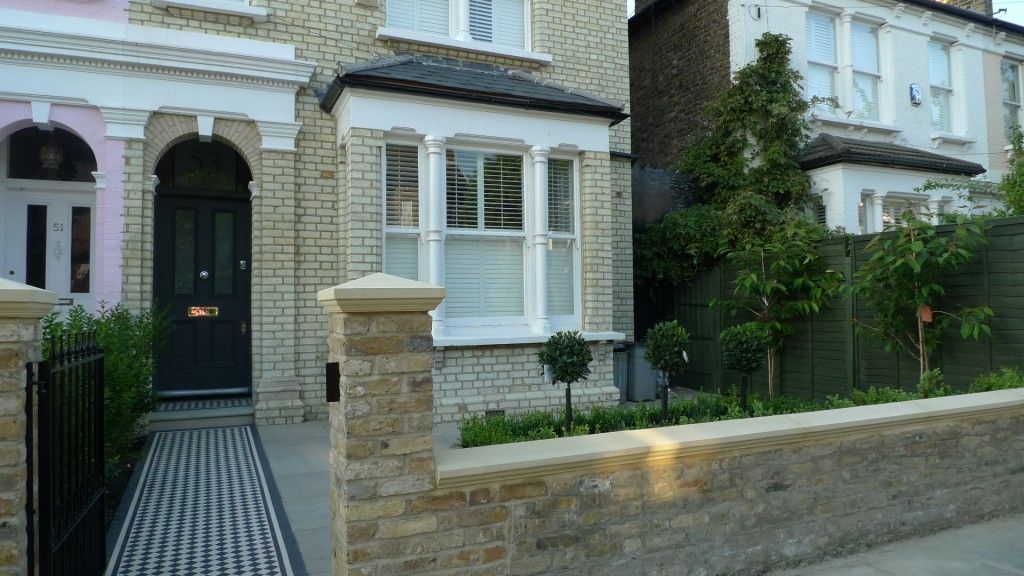 like candles on a mantelpiece (with silver candlesticks if you can), fresh flowers in a vase and a bowl of fruit can make your living room truly Victorian. Carpets with oriental patterns, soft and velvety curtains and beautiful brass floor lamps will be the final touch of a style that has left the era.
like candles on a mantelpiece (with silver candlesticks if you can), fresh flowers in a vase and a bowl of fruit can make your living room truly Victorian. Carpets with oriental patterns, soft and velvety curtains and beautiful brass floor lamps will be the final touch of a style that has left the era.
The presence of flowers in the vases predominates here
The interesting shape of the chandelier
Candlesticks over the fireplace
Modernized version of the Victorian style
Rich dark wood in intricate furniture
Vase with beautiful flowers on a coffee table 9003 historical styles
Beautiful Victorian terraces to the house - 135 best photos, terrace design in a private house and country house
Dual Level Orangery and Rooflights Transform a London Townhouse
Vale Garden Houses
Traditional design with a modern twist, this ingenious layout links a light-filled multi-functional basement room with an upper orangery.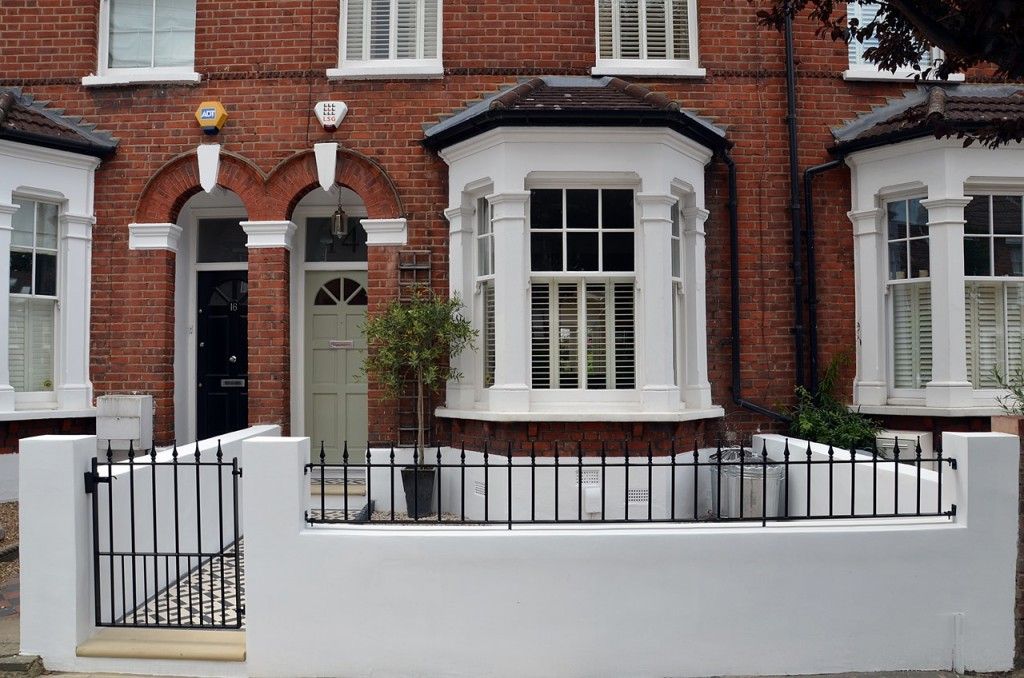 Folding doors to the lower rooms open onto sunken courtyards. The lower room and rooflights link to the main conservatory via a spiral staircase. Vale Paint Colour- Exterior : Carbon, Interior : Portland Size- 4.1m x 5.9m (Ground Floor), 11m x 7.5m (Basement Level)
Folding doors to the lower rooms open onto sunken courtyards. The lower room and rooflights link to the main conservatory via a spiral staircase. Vale Paint Colour- Exterior : Carbon, Interior : Portland Size- 4.1m x 5.9m (Ground Floor), 11m x 7.5m (Basement Level)
Old West Side Sunroom
Meadowlark Design+Build
Screened-in porch addition features Douglas fir flooring and ceiling trim.
Photo of a medium-sized Victorian terrace with light parquet floors, a standard fireplace and a standard ceiling with style with glass ceiling and colorful floor without fireplace for outdoors and gardens
Conservatories
Stoneridge Outdoor Living
Victorian style, all glass roof, brick knee wall, exterior door, white aluminum frame
Original design example: large Victorian terrace with glass ceiling without fireplace
Victorian Conservatory
Original Design Example: Victorian Terrace with Travertine Floor and Glass Ceiling
Dashing Duplex | Full renovation in Kensington, London, W8
Jemimah Barnett
Trees, wisteria and all other plantings designed and installed by Bright Green (brightgreen.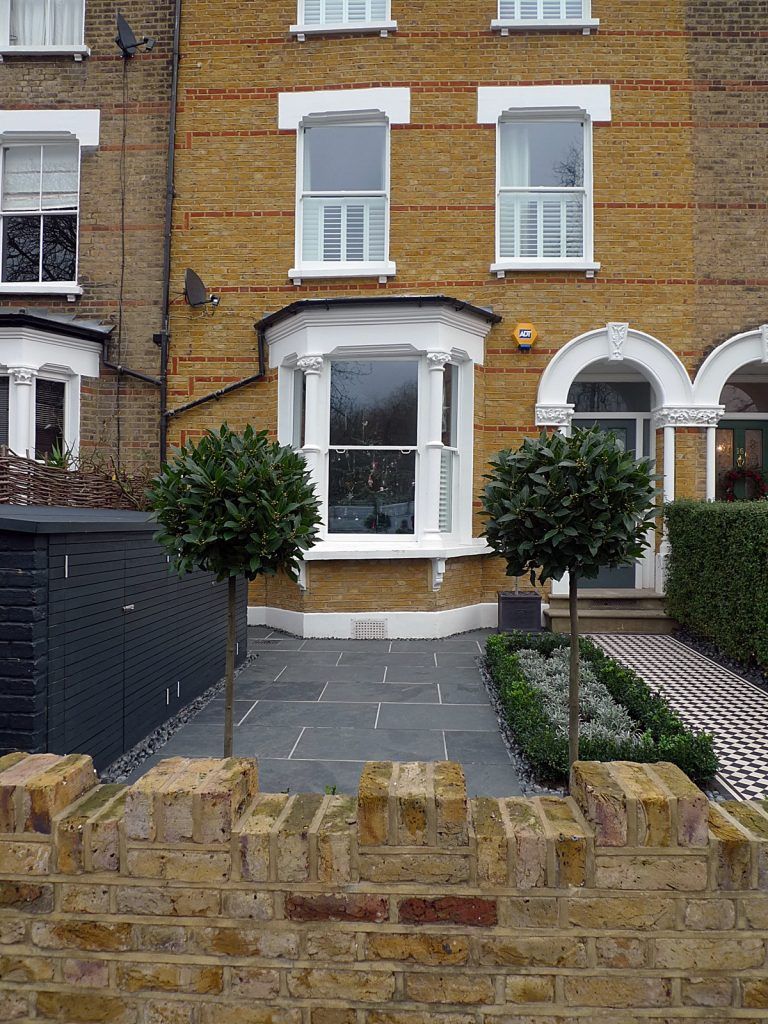 co.uk) | Decking and pergola built by Luxe Projects London | Concrete dining table from Coach House | Spike lights and outdoor copper fairy lights from gardentrading.co.uk
co.uk) | Decking and pergola built by Luxe Projects London | Concrete dining table from Coach House | Spike lights and outdoor copper fairy lights from gardentrading.co.uk
Duette
Blinds, Blinds, Blinds!
Home Inspiration: Medium Victorian terrace with terracotta floor, skylight window and orange floor
Shingle Style Waterfront
MICHAEL WHALEY INTERIORS, INC
Stunning water views surround this chic and comfortable porch with limestone floor, fieldstone fireplace, chocolate brown wicker and custom made upholstery. Photo by Durston Saylor
Old West Side Sunroom
Meadowlark Design+Build
Inviting screened-in porch addition by Meadowlark features Douglas fir flooring and ceiling trim
A fresh design idea: a mid-sized Victorian terrace with light parquet flooring , standard fireplace and standard ceiling - great interior photo
Year-Round Light
Sunspace Design, Inc.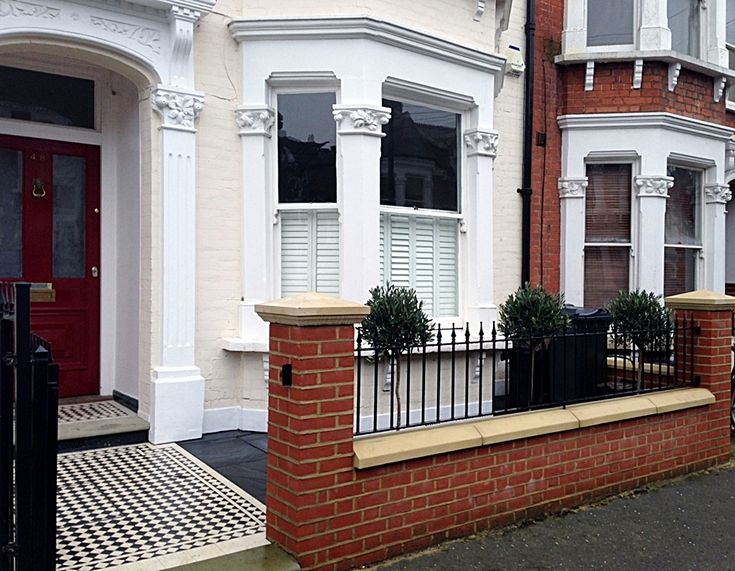
The original English conservatories were designed and built in cooler European climates to provide a safe environment for tropical plants and to hold flower displays. By the end of the nineteenth century, Europeans were also using conservatories for social and living spaces. Following in this rich tradition, the New England conservatory is designed and engineered to provide a comfortable, year-round addition to the house, sometimes functioning as a space completely open to the main living area. Nestled in the heart of Martha's Vineyard, the magnificent conservatory featured here blends perfectly into the owner's country style colonial estate. The roof system has been constructed with solid mahogany and features a soft color-painted interior and a beautiful copper clad exterior. The exterior architectural eave line is carried seamlessly from the existing house and around the conservatory. The glass dormer roof establishes beautiful contrast with the main lean-to glass roof. Our construction allows for extraordinary light levels within the space, and the view of the pool and surrounding landscape from the Marvin French doors provides quite the scene.
